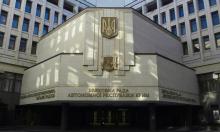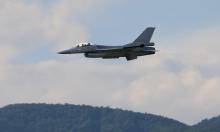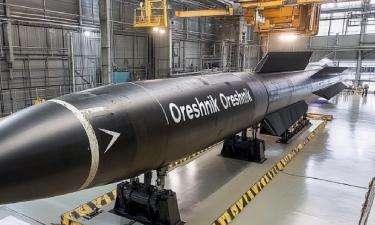Nuclear fuel dump in Russian Arctic in danger of exploding
The Norwegian environmental group Bellona warned Friday that a nuclear waste dump in the Russia Arctic could explode because of corrosion caused by salt water.
The three tanks are used to store spent nuclear fuel rods at Andreeva Bay, on the Kola Peninsula of northwestern Russia, just 45 kilometers (28 miles) from the Norwegian border, the Oslo-based group said in a statement.
"We discover now that we are sitting on a powder keg, with a fuse that is burning, but we don't know how long that fuse is," said Alexander Nikitin, a former Russian navy officer who is now one of Bellona's nuclear experts.
The group cited a report from Rosatom, the Russian nuclear authority, describing the danger. Bellona said the storage tanks were long believed to be dry inside, but that recent studies show corrosive salt water.
"Ongoing degradation is causing fuel to split into small granules. Calculations show that the creation of a homogenous mixture of these particles with water can cause an uncontrolled chain reaction," said the group's Norwegian translation of the report.
Bellona has long been involved in probes of the nuclear risks in Russia, especially on the Kola Peninsula. Its 1996 report on conditions there were a reference work even for Russian officials.
Experts have said the Kola Peninsula has the world's greatest concentration of nuclear materials, with aging nuclear power plants, rusting hulks of Russian Northern Fleet atomic submarines and waste dump.
Bellona said it first reported on the storage tanks in 1993, but that the risk of explosion was new to them.
"It has been 14 years since Bellona offered information about Andreeva Bay. But our analysis shows that nothing has happened since then," Nikitin, who is based in Russia, said in the news release.
Nikitin was detained by Russian authorities in 1996 on charges of espionage for his contribution to Bellona's report on nuclear safety within the Russian Northern Fleet. He was finally acquitted by the Supreme Court in 2000.
In an interview published by the Oslo newspaper Aftenposten on Friday, Nikitin said the storage tanks contain 21,000 spent nuclear fuel rods. He said the tanks are near the sea, and that salt water is corroding metal piping, breaking down fuel rods and releasing small uranium particles.
The tanks were put into service as temporary storage for spent fuel in 1982 and 1983, because radiation had begun to leak from used fuel rods that had been store in warehouses at the Russian nuclear submarine base at Andreeva Bay.
Subscribe to Pravda.Ru Telegram channel, Facebook, RSS!




